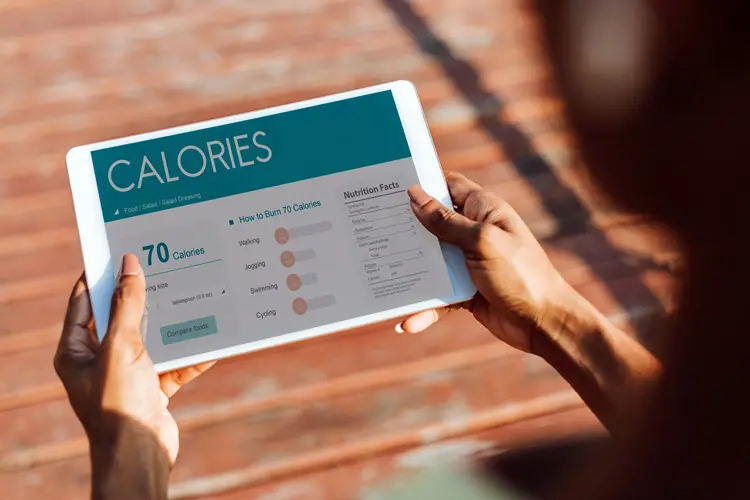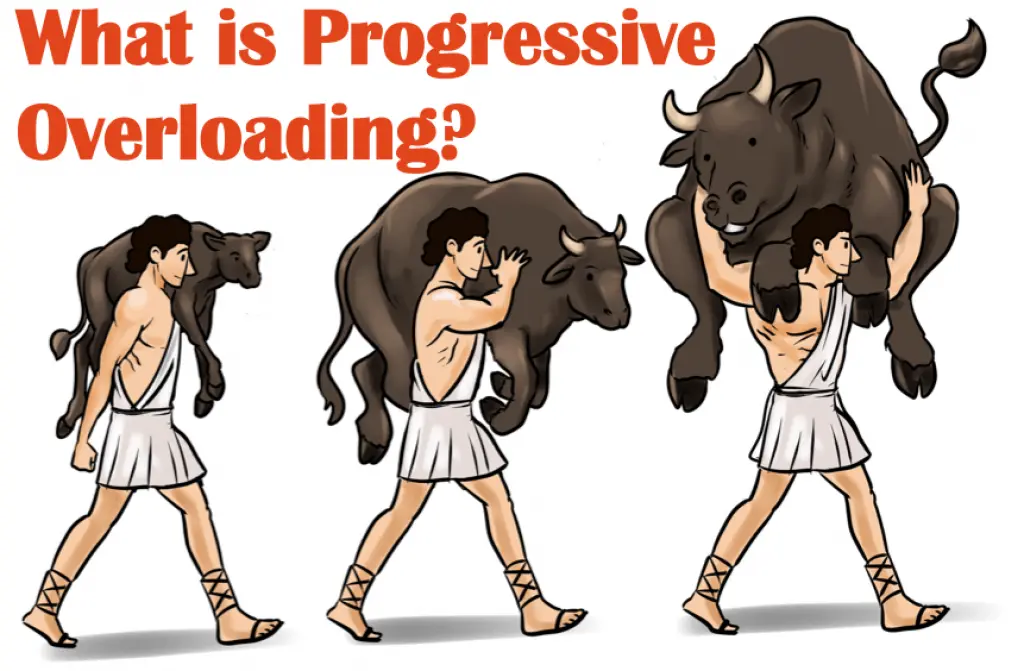The objective of the Renaissance periodization structure is to help you achieve your ideal physique by utilizing proven dietary and training methods.
So, the goal is to help you either lose weight/fat while preserving muscle mass or to gain muscle while keeping body fat to acceptable levels. And although you could technically do both simultaneously, it’s arguably a more difficult and longer process.
But if you do it correctly, you can achieve your goals in a timely manner. And that’s what the Renaissance Periodization program seeks to do; guide you through the process to ensure you’re able to make progress, minus the frustration of not knowing where to begin (a common inconvenience).
You’ll eat healthy, nutritious foods and train in a way which will induce muscle gains through proven, compound exercise selections. And your options include enlisting the guidance of a coach or just follow the templates to create your own plan if you want…
But before we give a more in-depth overview of the Renaissance periodization program, let’s talk about the concept of periodization, where it originated, and how effective it is…
Level Up Your Fitness: Join our 💪 strong community in Fitness Volt Newsletter. Get daily inspiration, expert-backed workouts, nutrition tips, the latest in strength sports, and the support you need to reach your goals. Subscribe for free!
What Is Periodization?
First off, there are several different variations of periodization.
But this system of training basically involves implementing several progressive cycles which are performed for a specific period of time.
Now, the concept of periodization actually stems from Hans Selye’s model, which we know to be the General Adaptation Syndrome. And this style of training has been utilized by athletes since the 1950s. (1)
Periodization was designed to prevent overtraining while allowing the lifter to make progress through heavy training and Deloading periods which is beneficial for achieving the best possible outcome.
There are generally three cycles for periodized training which include the microcycle (up to 7 days), mesocycle (two weeks to several months consisting of prep, competition, peaking, and transition periods), and macrocycle (the entirety of the program, usually about a year).
And several studies which compared periodized training to linear training methods (set number of sets and reps) have found that the former yields significant advantages regarding body composition, strength and motor performance. (1)
These findings are likely the result of manipulations in volume and intensity. But, having a good strategy is very important when devising a periodized plan since not all programs will yield similar results.
What Is Renaissance Periodization?
The actual program involves one-on-one coaching where training and diet plans are tailored toward your goals. Or, you can follow their templates.
And before you start, you’ll determine whether you should lose weight or gain muscle first based on your body fat levels.
So, the program is structured to where if you’re over 15% body fat, then you’ll do the fat loss program. But, if you’re under 10% body fat then it’s highly advised that you gain muscle before attempting to lose fat.
But if you’re somewhere in between then it’s recommended to do the fat loss program first but you can still gain strength and even some muscle if you’re new to the diet plan.
Renaissance Nutrition Planning
Building your dream physique requires implementing a good nutrition plan. And to effectively achieve this, we must be aware of what we’re putting in our bodies and how much.
And that’s why it’s useful to keep track of macronutrient (protein, carbs, and fat) intake to ensure we get an adequate supply of the proper amount of nutrients. But we must eat the right foods to maintain health and function optimally
Protein is needed for building muscle while carbs and fat make for the energy sources our bodies need to sustain our training sessions. These macronutrients will make up the majority of your nutrition since they play a large role in your performance and results. But, the Renaissance diet template is designed to provide you with meal options structured around your schedule. (2)
You’ll know what, when, and how much to eat on your training days and rest days as the numbers will vary according to your physical activity and goals. And you even get to choose which foods you prefer (from a list of options… nice try though).

Here are examples of the foods you’ll eat with the Renaissance nutrition plan:
- Seafood (fish, shrimp, scallops, etc)
- Lean meat (lean chicken/turkey, etc)
- Egg whites
- Vegetables (broccoli, tomatoes, spinach, etc)
- Healthy fats (nuts, nut butters, oils, etc)
- Carbs (whole grains, sweet potatoes, rice, etc)
- Workout carbs (Gatorade, coconut water, juice, etc)
- Whey and casein protein powder
The Renaissance periodization diet program won’t be easy but it’s still structured to ensure you maintain a healthy relationship with food. If you end up hating your diet, then it will be all too easy to give up and revert back to old, bad habits and that’s not a good thing.
And according to the Renaissance Periodization website, clients are usually surprised at the amount of food which can be consumed while still losing weight. So, starving or overeating is not at all a side effect of the program.
Which Exercises Are Used?
So, as with any effective muscle-building program, the Renaissance periodization structure utilizes the main compound lifts which include deadlifts, squats, pushing movements (i.e. bench press, etc) and pulling movements (i.e. rows, etc).
These multi-joint exercises are used because they allow you to train more than one muscle group at a time while safely using the heaviest poundages. And we know that to build muscle, we need to elicit a stress response through progressive overload.
And since barbells are used for these exercises, you can also maximize progressive overload safely from the convenience of being able to add weight to the bar in smaller increments.
How Often Will I Need To Train?
This question can only be answered based on several factors like your level of training experience, goals, and availability. But generally, the program will have beginners training 2-4x per week while more advanced lifters may do 5-6x per week.
If you’re new to training, it’s very important to start slow and work your way up to condition your joints, muscles, and nervous system for the increasing loads.
Is Renaissance Periodization For Everyone?
If you’re a healthy individual with no structural issues who can lift weights safely and if you can maintain a somewhat strict diet, then you can do the program.
Final Thoughts
The Renaissance periodization program is a promising structured routine as evidenced by the proven training and diet outline. Each individual will require a different approach since we all have different variables to work with. But overall, following a statically planned training routine is conducive to promoting progressive muscle and strength gains.
It’s a method derived from the proven periodized training model and you have absolutely nothing to lose (but potentially a lot to gain) by giving it a go. Just make sure to stay consistent and implement the right habits to actually get long-lasting results.










